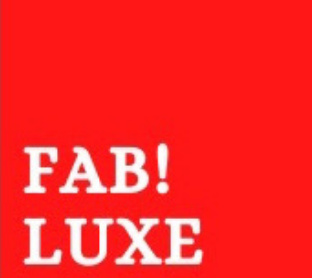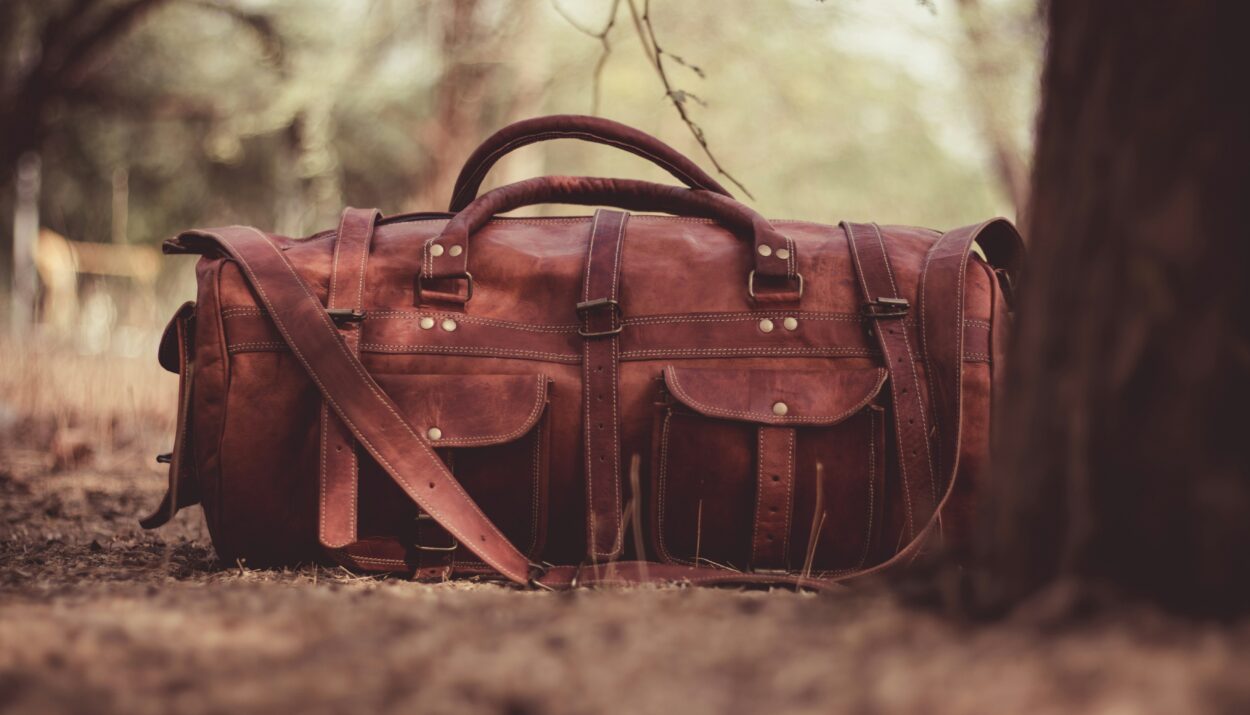Luxury intertwines exclusivity, finely crafted artistry, indulgence, and deeply rooted traditions to form a business that captivates luxury consumer base. Many perceive luxury items as impractical goods rather than useful items. This distinct viewpoint sharply contrasts with the ethical principles of sustainability, equity, and consumption, triggering the question of whether luxury can ever be fully ethical. Responding to this question requires us to reshape our definitions of luxury and ethics while exploring their relationships with the paradoxical weaving world.
The Traditional View of Luxury
Expensive luxury car purchases, high entertainment taxes, and busy private jet travel have historically been used to describe an extravagant lifestyle. The de facto nature of the luxury industry, which puts profit and prestige ahead of social responsibility worldwide, is revealed by the criticised practices of disregarding the environmental costs of sourcing exotic leather and diamonds. The traditional ethical model views a company’s duty to its stakeholders solely in terms of philanthropy, with no regard for long-term financial viability or profit. Using ethical considerations is essential to a company’s image and branding.
Another indicator of luxury is its exclusivity. Value is created by its scarcity, whether natural or artificial, and not everyone can use it in an economic, social, or legal way. However, the aforementioned raises a serious ethical query : is it rational to build entire industries around enforcing inequality?
The Rise of Ethical Consumerism
The attitudes of consumers have changed significantly in the last few years. Nowadays, a growing portion of the public, especially younger generations, expects brands they support to be transparent, accountable, and sustainable. This shift has sparked a reinterpretation of luxury, one that now incorporates values in addition to extravagance.
The ethical consumer of today wants to know where this product originated. Did employees receive fair compensation? Did the environment suffer? Luxury brands must adhere to these principles without sacrificing their essential identity if they are to endure and prosper in this new environment.
What Ethical Luxury Looks Like
Conscious creation is the new face of luxury. Leading the way in demonstrating how sustainability can be incorporated into luxury fashion are companies like Stella McCartney and Patagonia, which are regarded as premium ethical brands despite not being traditionally luxury. They are reinventing luxury through the use of cruelty-free materials, low-impact dyes, and living wages throughout supply chains.
Additionally, some luxury brands have started to adopt ‘slow fashion,’ which emphasises craftsmanship over mass production, uses longer-lasting, higher-quality materials, and produces fewer collections. This honours the artisanal traditions that luxury once represented while also reducing waste.Luxury in this ethical sense becomes not about having more, but having better and fewer items, and of exceptional quality, sourced and made with integrity.
The Difficulties and Inconsistencies
Notwithstanding these encouraging advancements, difficulties still exist. Higher prices are frequently associated with ethical production, which can increase the gap between those who can afford these goods and those who cannot. This begs the question: is something morally acceptable if only the wealthy can afford it?
Furthermore, there is growing concern about greenwashing. Some companies speak in terms of sustainability without significantly altering their operations. Even though a high-end handbag is advertised as ‘eco-friendly’ due to its use of recycled materials, it may have been manufactured in subpar conditions or transported around the globe several times, which would have increased its carbon footprint.
The use of rare materials, which are difficult to produce ethically by nature, is another problem. For instance, some diamond companies continue to use traditional extraction methods, which raises ethical and environmental concerns, while others use lab-grown stones to circumvent mining ethics.
The Path Forward
Luxury needs systemic change rather than token gestures to be genuinely ethical. This entails open supply chains, independent audits, fair compensation, and sincere sustainability projects. It also entails welcoming a new type of luxury buyer; one who places equal importance on ethics and beauty.
From blockchain-based material tracking to advancements in sustainable textiles, technology can be useful in this situation. In the end, though, the change needs to be cultural. Brands must transcend profit-driven incentives and embrace a long-term strategy in which morality is central rather than incidental.
Conclusion
So, can luxury ever be truly ethical? It’s possible but only if we redefine what we mean by luxury. Ethical luxury is not about sacrifice; it’s about a deeper, more meaningful form of indulgence. It’s the pleasure of owning something that is beautiful, yes, but also responsibly made, transparently sourced, and aligned with values that look beyond the self.
As more consumers demand accountability and more brands rise to the challenge, the once-contradictory worlds of ethics and luxury may not only coexist, they may come to define each other.





